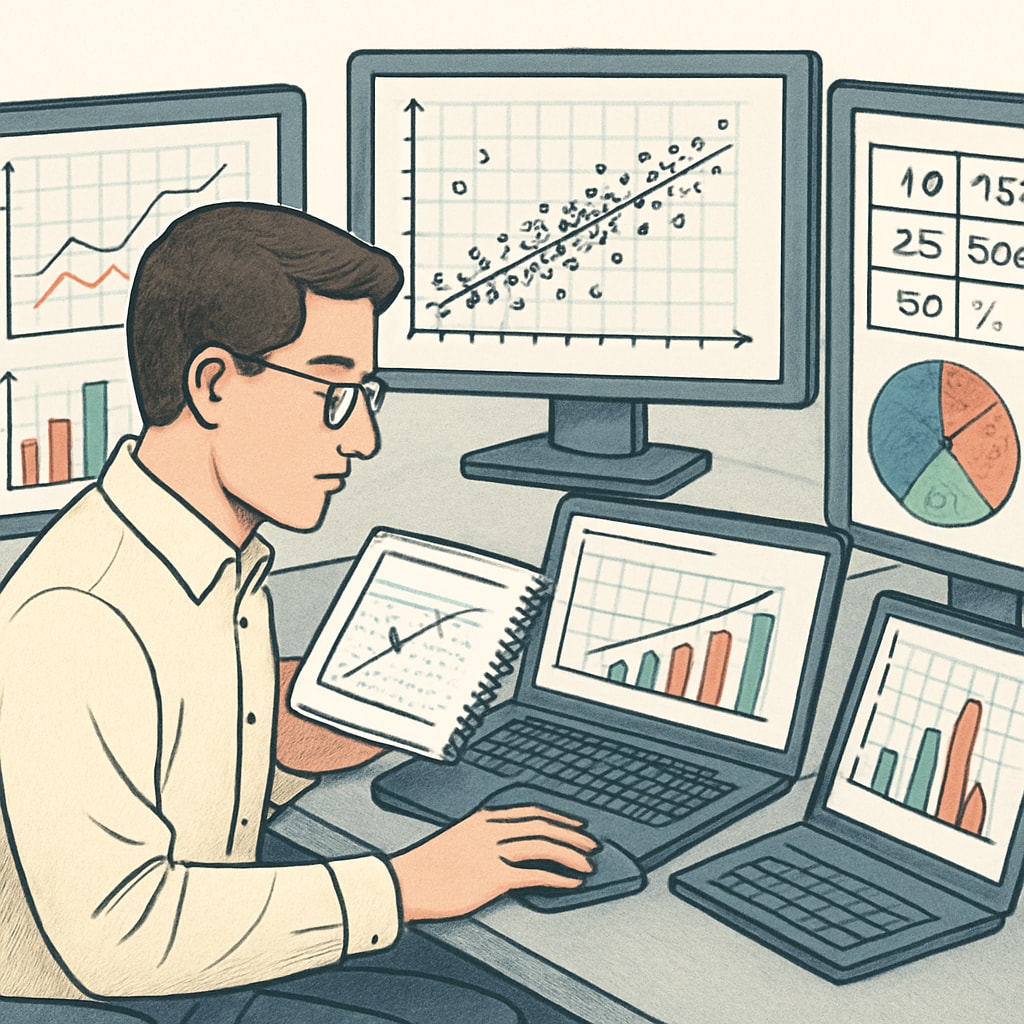In today’s fast-paced digital world, career choices like cybersecurity and data science engineering have emerged as top contenders for students planning their futures. For K12 students, understanding these fields can help them make informed decisions about their professional paths. Both disciplines offer promising opportunities, but differ significantly in scope, required skills, and lifestyle. This article compares cybersecurity and data science engineering across multiple dimensions to guide young learners in selecting the right career path.
Cybersecurity: Protecting the Digital Frontier
Cybersecurity focuses on safeguarding systems, networks, and data from cyber threats. Professionals in this field work to prevent cyberattacks, ensuring the safety of sensitive information for businesses, governments, and individuals. The demand for cybersecurity experts has grown exponentially due to increased cybercrime rates, making it a lucrative career choice.
- Core Skills: Proficiency in programming languages like Python, knowledge of network security protocols, and expertise in ethical hacking.
- Job Roles: Cybersecurity analyst, penetration tester, security consultant, and information security manager.
- Work Environment: Often involves high-pressure situations, requiring quick responses to threats and continuous learning to stay ahead of evolving risks.
For example, cybersecurity experts are critical to organizations like the National Security Agency (NSA) or private firms specializing in data protection. Their work ensures the stability and integrity of global digital systems.

Data Science Engineering: Unveiling the Power of Data
Data science engineering revolves around extracting insights from large datasets using advanced analytical tools and techniques. This field combines statistics, machine learning, and programming to solve complex problems across industries such as healthcare, finance, and technology. As businesses increasingly rely on data-driven decisions, the demand for skilled data scientists has skyrocketed.
- Core Skills: Strong mathematical aptitude, knowledge of programming languages like R and SQL, and expertise in machine learning algorithms.
- Job Roles: Data scientist, machine learning engineer, big data analyst, and AI specialist.
- Work Environment: Typically involves collaborative projects, creative problem-solving, and continuous experimentation to improve results.
Data scientists at companies like Google or healthcare organizations analyze patterns and trends to optimize processes, predict outcomes, and improve efficiency.

Comparing Career Paths: Cybersecurity vs Data Science
While cybersecurity and data science engineering share the common goal of leveraging digital tools, their career paths differ significantly. Below is a comparison to help K12 students evaluate which field aligns with their interests and goals:
| Aspect | Cybersecurity | Data Science Engineering |
|---|---|---|
| Job Growth | High demand due to rising cyber threats | Exploding growth driven by data reliance |
| Skills Focus | Network security, ethical hacking | Statistics, machine learning |
| Work Style | Reactive and high-pressure | Creative and analytical |
For further exploration, students can refer to resources like Cybersecurity on Wikipedia and Data Science on Britannica for detailed insights into each domain.
Making the Right Choice
Choosing between cybersecurity and data science engineering depends on individual interests, aptitude, and lifestyle preferences. Students passionate about problem-solving and protecting systems may find cybersecurity fulfilling. On the other hand, those drawn to data analysis and predictive modeling may excel in data science engineering.
Ultimately, both fields offer rewarding careers with opportunities to contribute significantly to the digital world. By understanding key differences and assessing personal strengths, K12 students can confidently step toward a future in technology.
Readability guidance: Short paragraphs, bullet points, and tables enhance clarity. Overused passive voice and complex sentences are avoided to ensure accessibility for younger audiences.


